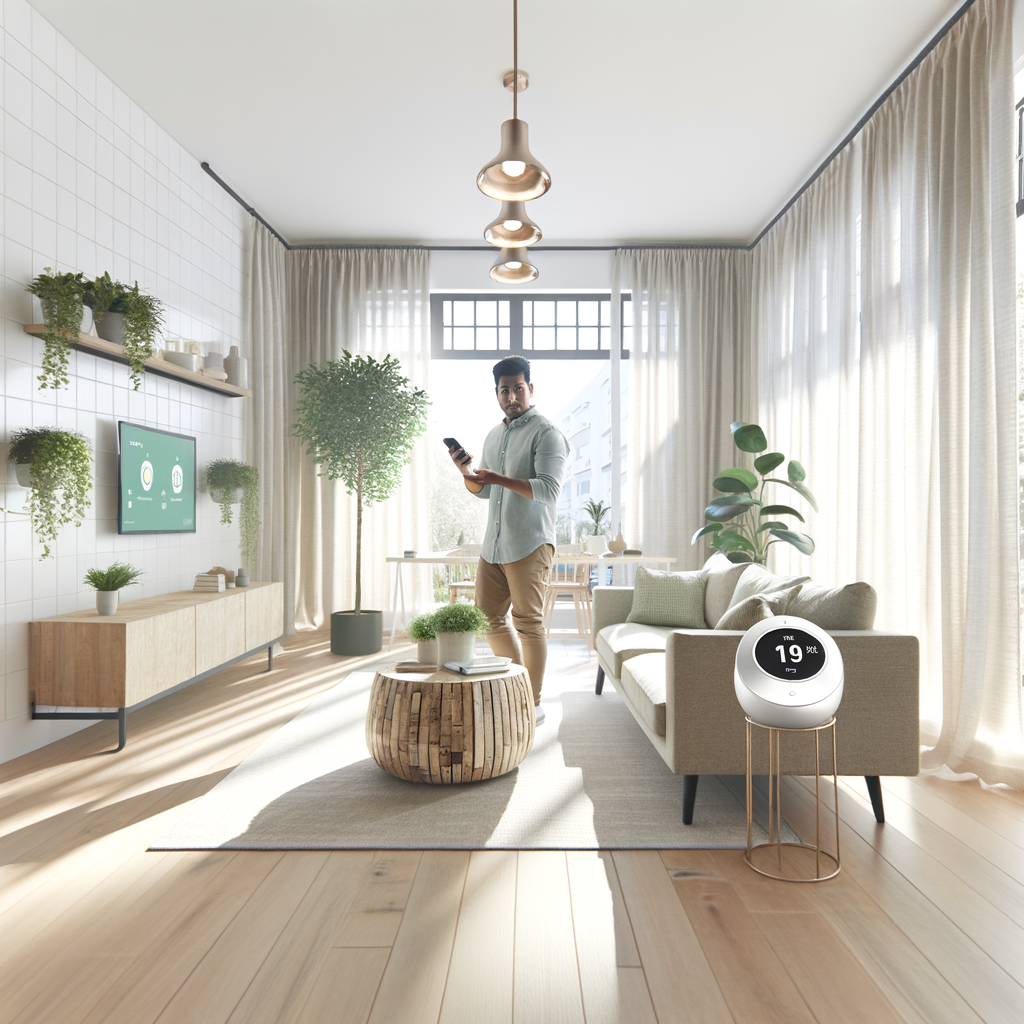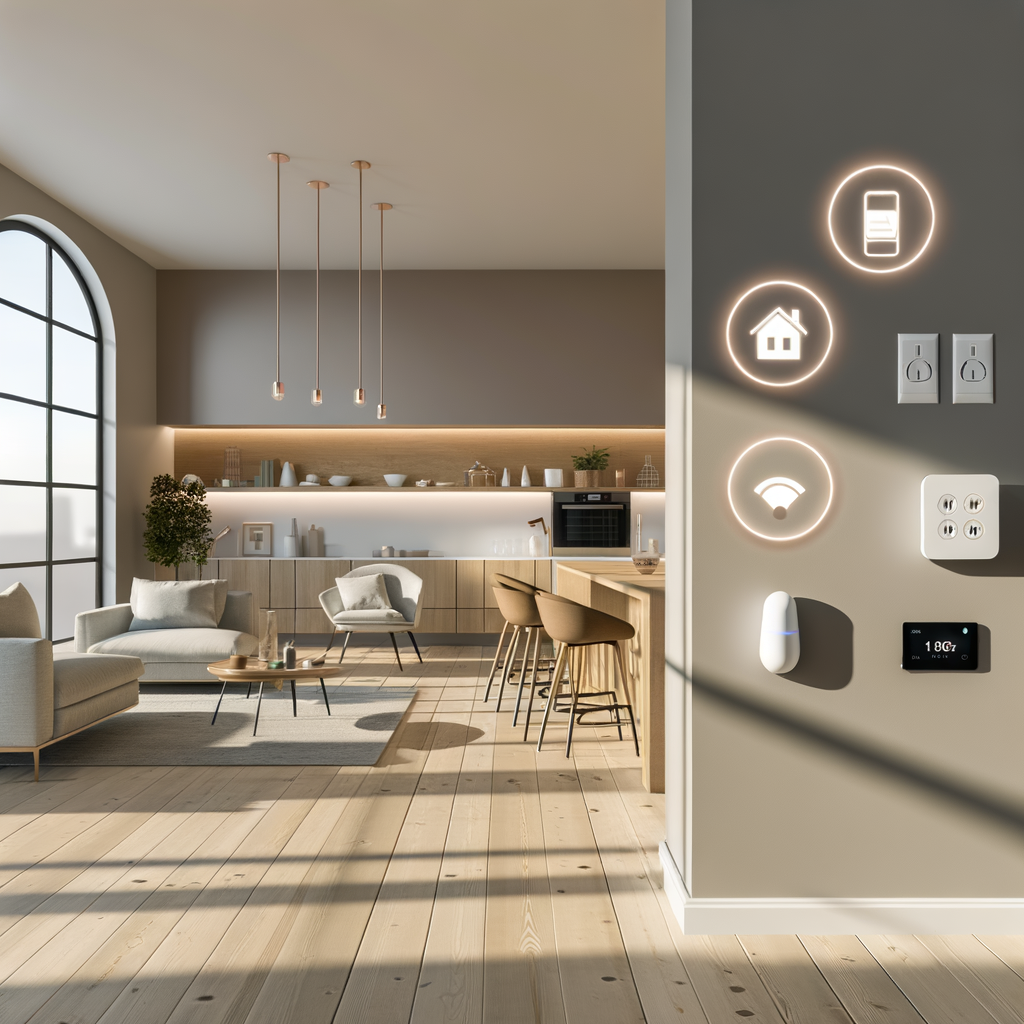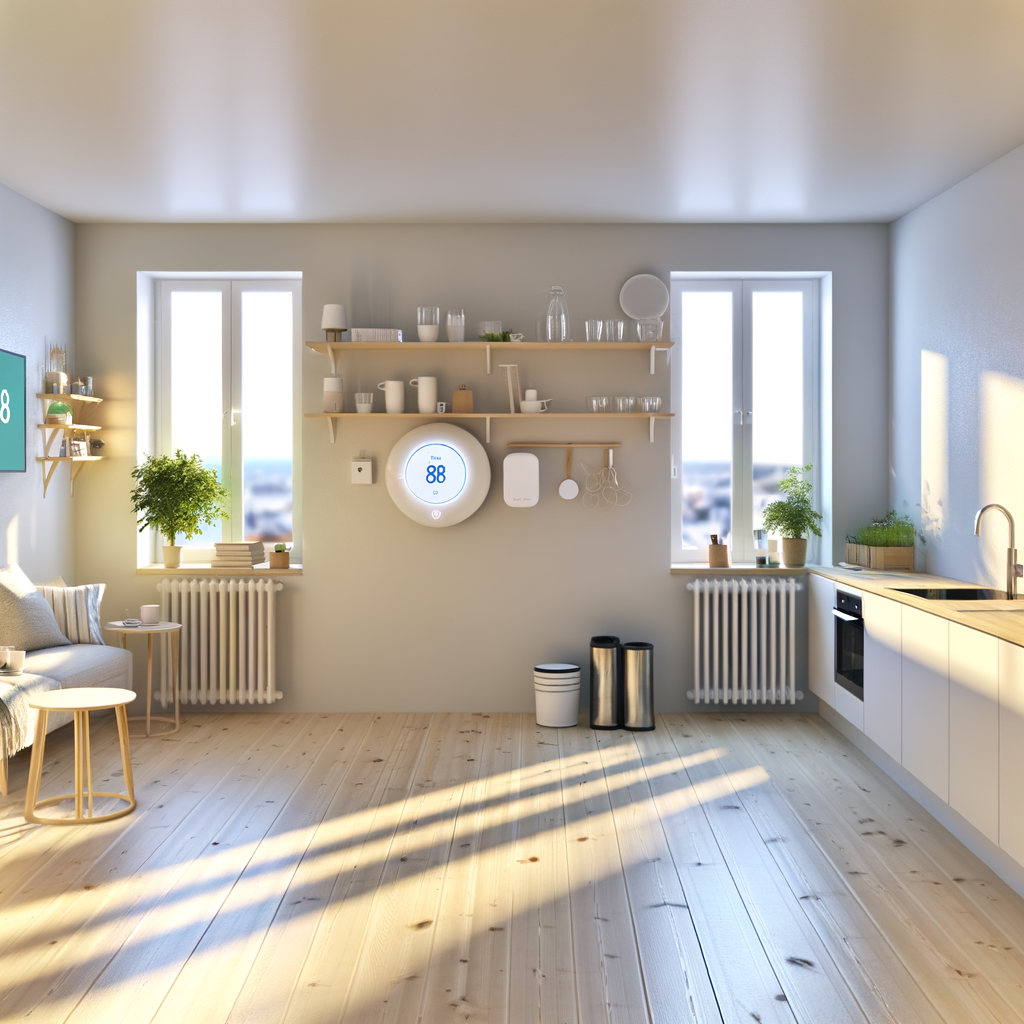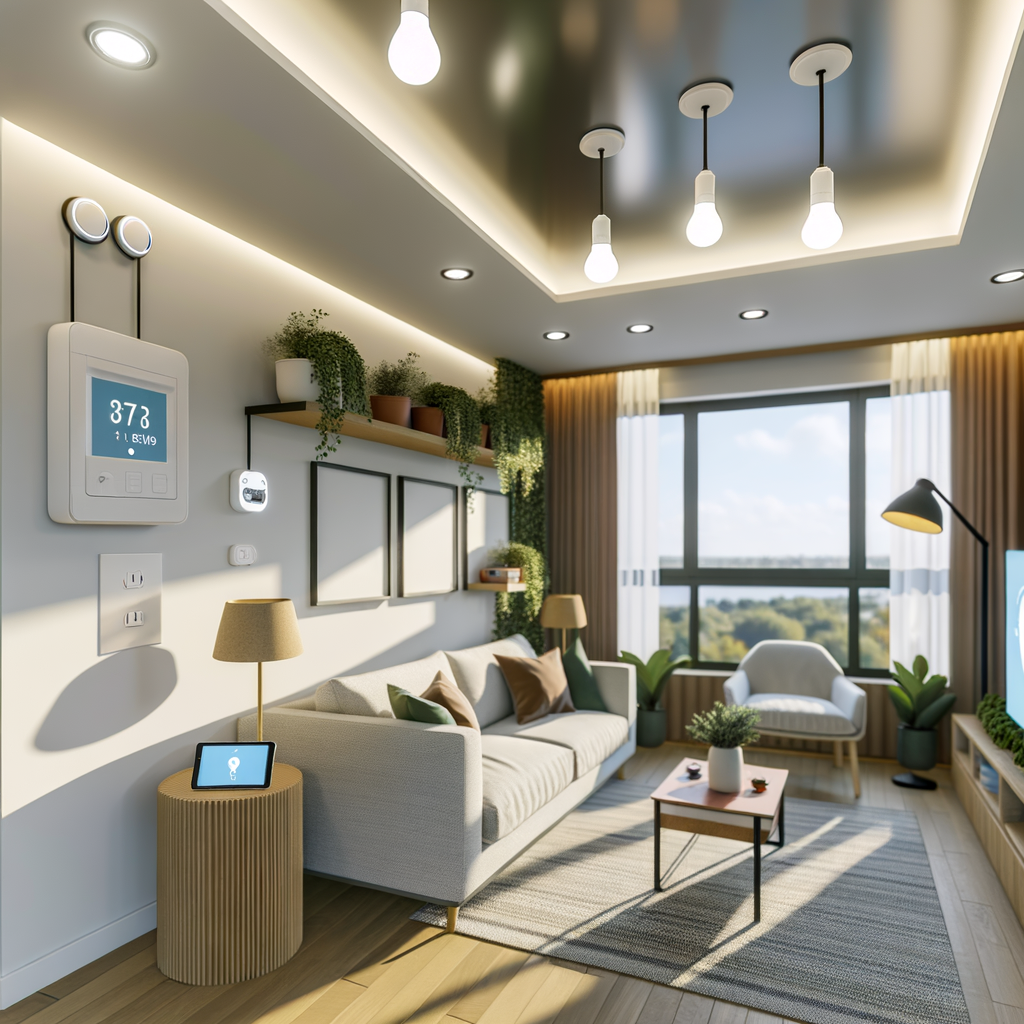Myth-Busting: 7 Common Misconceptions About Smart Home Tech for Eco-Conscious Renters
As eco-conscious renters, you want to reduce your environmental footprint without sacrificing comfort, convenience, or your security deposit. Smart home tech promises to make your rental greener, safer, and more efficient—but there are plenty of myths out there holding renters back.
Let’s separate fact from fiction and bust some common misconceptions about using smart home technology in rental properties. By the end of this guide, you’ll know what’s possible (and practical) for renters who care about sustainability.
1. Myth: “Smart Home Tech Is Only for Homeowners”
This is one of the most pervasive myths. Many renters assume that smart tech is strictly for people who own their place, due to installation concerns and the investment required.
Why This Isn’t True
- Portable and Non-Permanent: Many smart home devices today are “plug-and-play”—no drilling, wiring, or remodeling needed. Smart plugs, light bulbs, cameras, and radiator valves can all be installed (and uninstalled) in minutes.
- No Damage, Easy Reversal: Devices can be removed without a trace, ensuring you meet your lease requirements and keep your security deposit.
- “Renter-Friendly” Smart Devices: The market now targets renters as much as homeowners, offering adhesive mounts, battery-powered products, and app-based controls.
Actionable Advice
- Look for devices labeled as “renter-friendly” or “no-drill installation.”
- Check with your landlord; most approve temporary, reversible upgrades when asked.
- Keep original fixtures and packaging for easy reinstallation on move-out.
2. Myth: “Smart Home Tech Uses More Energy, Not Less”
You aim to go green, not burn more kilowatt-hours with fancy gadgets. But does smart tech actually help reduce energy use?
The Reality
- Automated Efficiency: Smart thermostats, plugs, and lights optimize energy usage, reducing waste by only operating when needed.
- Remote Control: Forgot to turn something off? Use an app to power down devices from anywhere.
- Usage Transparency: Many devices track energy usage, helping you adjust habits with real-time data.
Quick Wins for Renters
- Replace standard bulbs with smart LEDs and schedule or set them to triggers (like sunset).
- Use smart plugs to cut “phantom loads” from electronics left on standby.
- Install a smart thermostat or radiator valve (where allowed) for better temperature control and savings.
3. Myth: “You Need to Be Tech-Savvy to Use Smart Home Gadgets”
The idea that smart devices are only for tech enthusiasts can discourage renters from giving them a try.
The Truth
- User-Friendly Apps: Most products use simple smartphone apps with clear walkthroughs.
- “Set and Forget” Features: Many smart devices default to helpful modes that work right out of the box.
- Voice Assistant Support: Connect to Amazon Alexa, Google Assistant, or Apple HomeKit for hands-free control.
How Renters Can Get Started Easily
- Start with one device type (like a smart plug or bulb) and experiment with its features.
- Opt for major brands with intuitive apps and good support.
- Follow video or app-based setup guides—no coding or technical knowledge needed.
4. Myth: “Smart Tech Isn’t Worth the Money—Especially on a Short Lease”
If you’re not planning to stay long-term, it’s logical to worry about the cost and value of investing in tech upgrades.
How It Pays Off
- Many Smart Devices Are Affordable: You can get started with a basic smart plug or bulb for less than $20.
- Energy Savings: Lower utility bills can offset the upfront cost—especially with heating, cooling, or lighting automation.
- Products Move With You: Take your smart home gear to your next rental, maximizing your investment.
Recommendations for Budget-Conscious Renters
- Prioritize plug-in and portable devices over built-in or hardwired equipment.
- Watch for sales or package deals, and consider buying refurbished gear from reputable sources.
- Track utility bills to see your actual savings—not just theoretical ones.
5. Myth: “Smart Devices Are a Security/Privacy Risk”
Concerns about hacking and data privacy are real, and it’s smart to be cautious. But most reputable smart home products don’t compromise your personal or financial security—if used responsibly.
Setting the Record Straight
- End-to-End Encryption: Leading brands use robust encryption protocols, protecting your information from unauthorized access.
- App Permissions: You control how much data is shared, and many apps let you opt out of data collection features.
- Firmware Updates: Regular updates patch vulnerabilities—another reason to choose reputable brands.
Smart Steps for Secure Usage
- Check privacy and security reviews before buying any device.
- Change default passwords and enable two-factor authentication (2FA) when available.
- Update your devices regularly and use trusted Wi-Fi networks.
6. Myth: “You’ll Lose Your Security Deposit If You Install Smart Tech”
For renters, protecting that security deposit is a top concern. The good news? Smart home updates don’t have to endanger your standing with your landlord.
The Practical Reality
- No-Trace Installations: Most renter-friendly devices swap out as easily as they’re installed—no holes, screws, or permanent damage.
- Temporary Mounting Systems: Many smart cameras and sensors use adhesive strips instead of hardware.
- Restoration Is Simple: Keep old hardware and packaging; you can always revert the rental to its original state.
Tips to Protect Your Deposit
- Always get landlord approval for larger devices (like smart thermostats or locks).
- Document your installation and removal with photos.
- Use removable adhesive options wherever possible.
7. Myth: “Smart Home Tech Isn’t Actually That Eco-Friendly”
Some skeptics point out that electronics manufacturing, e-waste, and constant networking offset any “green” benefit. While it’s true that every gadget has an environmental cost, many renters underestimate their positive impact.
The Green Perspective
- Lowers Routine Energy Use: Smart devices prevent waste more consistently than manual efforts alone.
- Enables Greener Choices: Usage insights help renters improve their habits over time.
- Supports Renewable Energy: Smart scheduling makes it easier to use appliances when solar or wind electricity is available on the grid, where supported.
How to Maximize the Eco-Benefits
- Choose devices certified for energy efficiency (look for ENERGY STAR labels).
- Recycle devices responsibly at end of life.
- Use secondhand smart gadgets where possible.
- Pair smart tech with green electricity suppliers for a double impact.
Action Plan: How Renters Can Embrace Smart, Sustainable Living
Ready to get started? Here’s a quick plan for renters who want an eco-friendly, future-ready home without overstepping their lease:




